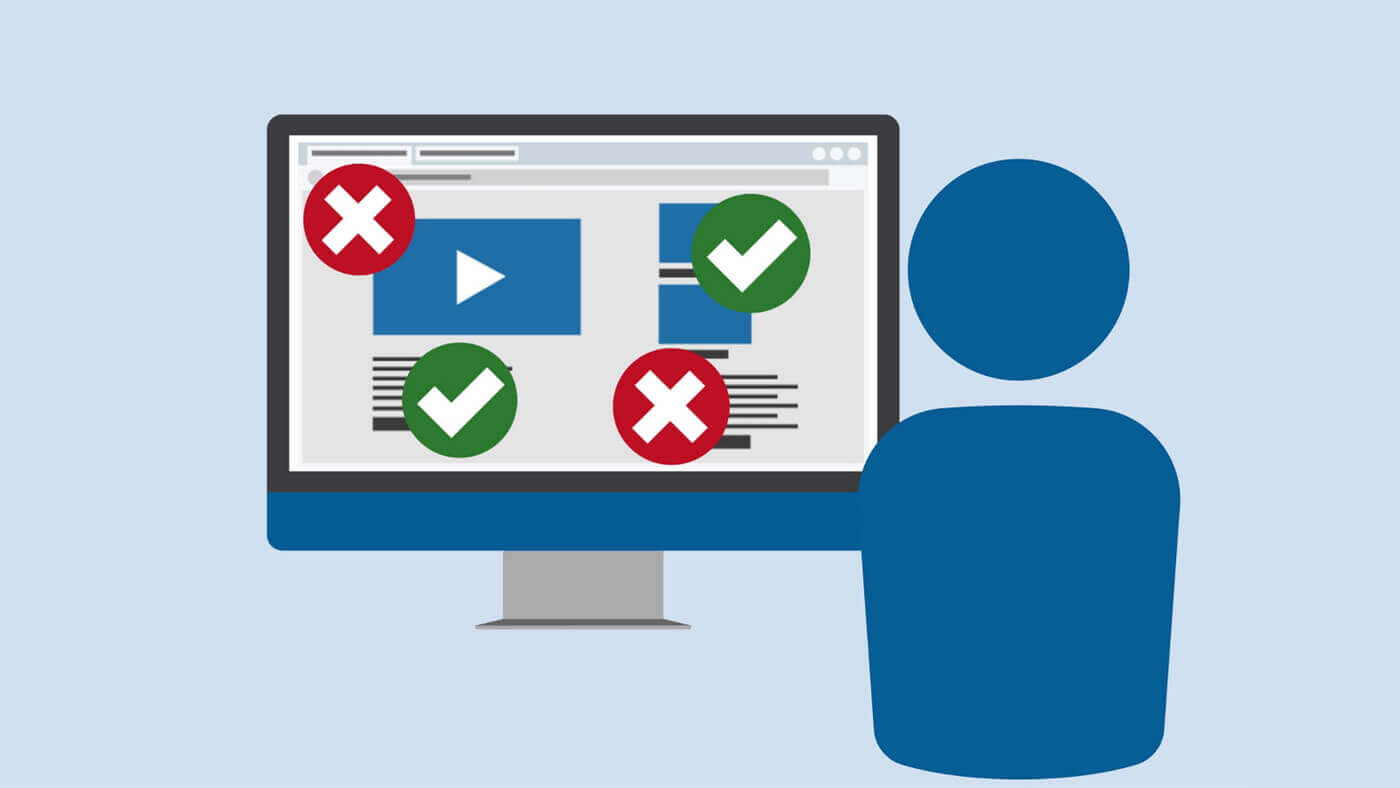Tech Versum: Explore the Future of Technology
Dive into the latest trends and innovations in technology with Tech Versum.
Access Granted: Why Web Accessibility is Everyone's Business
Unlock the web for all! Discover why web accessibility is vital for businesses and how it benefits everyone.
Understanding Web Accessibility: What It Means for Everyone
Understanding web accessibility means ensuring that all users, regardless of their abilities or disabilities, can effectively navigate and interact with web content. This concept is grounded in the belief that the internet should be inclusive and accessible to everyone, including individuals who may have visual, auditory, cognitive, or motor impairments. Implementing Web Content Accessibility Guidelines (WCAG) provides a framework for developers and content creators to follow, promoting best practices that enhance usability for all. By prioritizing accessibility, we not only comply with laws and regulations but also create a more equitable digital landscape.
Web accessibility benefits everyone, not just individuals with disabilities. For example, accessible design often results in a better overall user experience, making sites easier to navigate for all users, including those with temporary impairments or elderly users who may find complex interfaces challenging. Additionally, by following Americans with Disabilities Act (ADA) guidelines and prioritizing accessibility, businesses can expand their customer base and foster a positive brand image. More information on the importance of web accessibility can be found through resources like AccessibilityOz, which emphasize creating inclusive web environments.

Top 5 Reasons Why Web Accessibility Matters to Your Business
Web accessibility is not just a legal requirement but a vital aspect of creating an inclusive online environment. Accessibility ensures that all users, including those with disabilities, can navigate, understand, and interact with your website effectively. According to the World Wide Web Consortium (W3C), making your website accessible can significantly expand your audience base. This means that by investing in accessibility, you are not only complying with laws like the Americans with Disabilities Act (ADA) but also tapping into a market that comprises over a billion individuals worldwide who experience various forms of disabilities.
Moreover, embracing web accessibility is beneficial for your business's SEO optimization and overall user experience. Search engines prioritize sites that are user-friendly and inclusive, making accessible websites rank higher in search results. A study by the WebAIM showed that many accessibility features, such as descriptive alt text for images and proper heading structures, also improve a site’s discoverability and usability. As a result, adopting an accessible web design not only aids those with disabilities but enhances the experience for all users, leading to increased customer loyalty and ultimately higher conversions.
Is Your Website Inclusive? Common Accessibility Mistakes to Avoid
Creating an inclusive website is essential for reaching a broader audience and ensuring everyone can access your content. Unfortunately, many website owners inadvertently make accessibility mistakes that can alienate users with disabilities. One of the most common pitfalls is insufficient color contrast between text and background, making it challenging for visually impaired visitors to read. Another frequent issue is the lack of alternative text for images, which can prevent screen reader users from understanding the content of visual media. To foster an inclusive digital environment, it's imperative to prioritize these aspects in your web design.
Another accessibility mistake to avoid is neglecting to make your website keyboard navigable. Many users depend on keyboard navigation due to physical disabilities, and failure to provide this option can result in a frustrating browsing experience. Additionally, not having clear focus indicators can confuse users navigating your site with a keyboard. Remember, inclusivity in web design is not just about regulations; it’s about compassion and understanding the diverse ways people interact with technology. By addressing these common mistakes, you can create a more accessible and welcoming online experience for all.